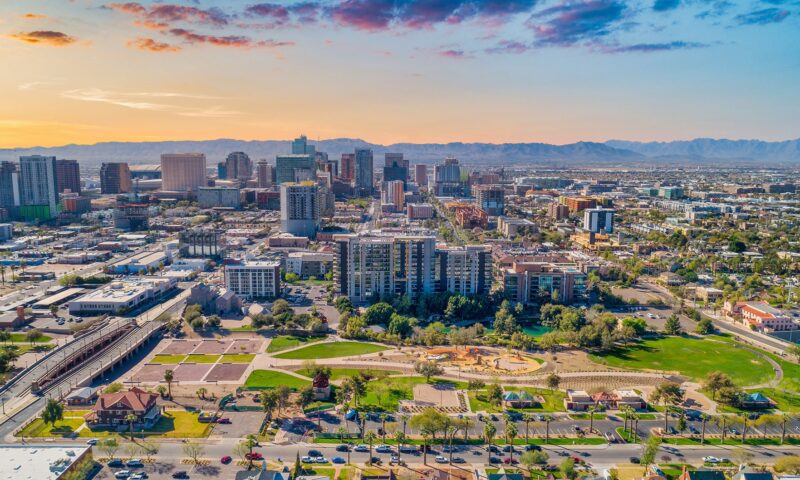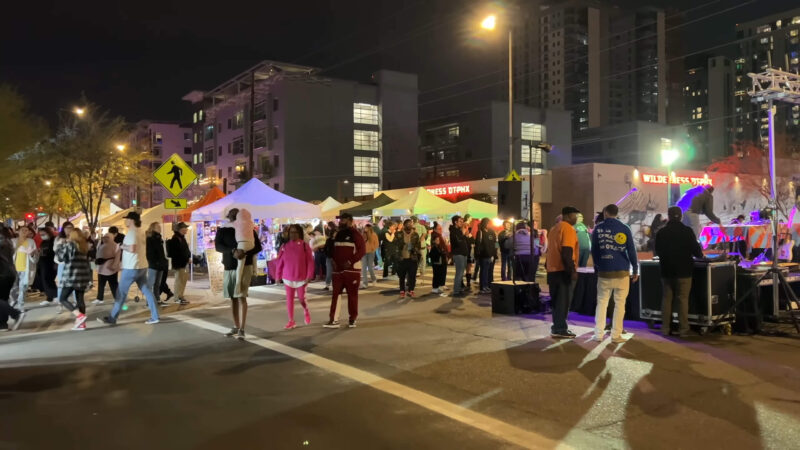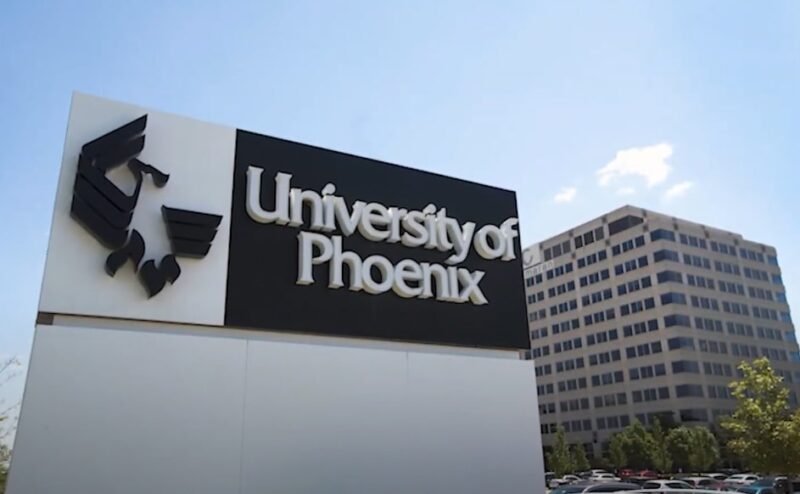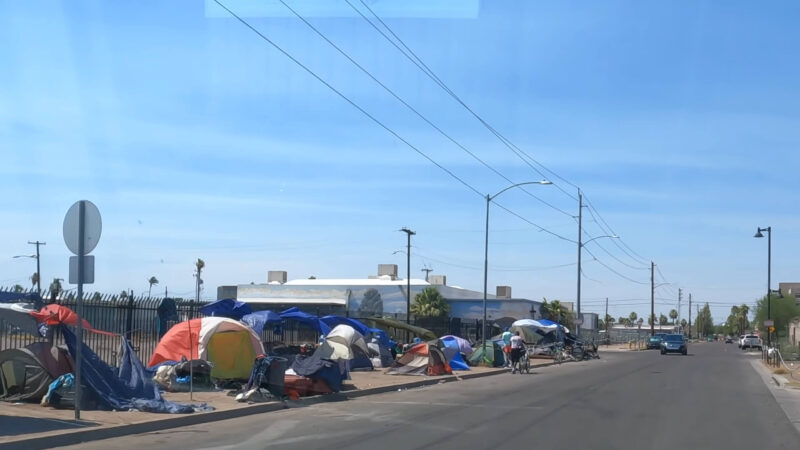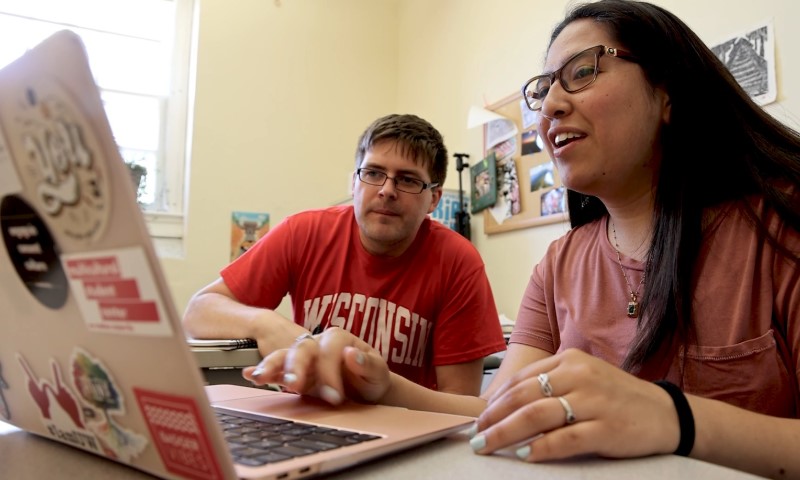The Population continues to grow rapidly, cementing the city’s status as one of the fastest-growing urban areas in the United States. With its warm climate, affordable cost of living, and expanding job market, Phoenix is attracting new residents from across the country.
In this article, we’ll break down everything you need to know about Phoenix Population 2025, including demographics, growth trends, and future projections.
| City Population (2025) | 1,662,607 |
| Metro Area Population (2025) | 4,777,000 |
| Annual Growth Rate | 1.2% – 1.5% |
| White Population | 59.44% |
| Hispanic or Latino Population | 43% |
| Mixed Racial Backgrounds | 16.85% |
| Other Race | 10.31% |
| Black or African American Population | 7.36% |
| Asian Population | 4% |
| Native American or Alaska Native Population | 2% |
| Median Age | 34.4 years |
| Median Household Income | $75,969 |
| Poverty Rate | 16.2% |
| Median Home Price | $410,000 |
| Homeownership Rate | 54% |
| Projected Metro Population by 2055 | 7.6 million |
Table of Contents
TogglePhoenix Population 2025
Phoenix Population 2025 stands at around 1,662,607 within the city itself, while the larger metropolitan area is home to around 4,777,000 people. Phoenix has experienced consistent growth over the years, with annual increases ranging between 1.2% and 1.5%.
The city’s growth is driven by factors like job opportunities, favorable weather, and a lower cost of living compared to other major U.S. cities.
Racial and Ethnic Composition
Phoenix Population 2025 is marked by its cultural and ethnic diversity. Here’s how the population breaks down:
- White: 59.44%
- Hispanic or Latino: Approximately 43%
- People with mixed racial backgrounds: 16.85%
- Other Race: 10.31%
- Black or African American: 7.36%
- Asian: Approximately 4%
- Native American or Alaska Native: 2%
The Hispanic and Latino community plays a significant role in shaping Phoenix Population 2025 influencing everything from local cuisine to community festivals.
Age Distribution
Phoenix Population 2025 is relatively young, with a median age of 34.4 years. Here’s the age distribution:
- Under 18 years: 24.2%
- 18 to 64 years: 61.3%
- 65 years and older: 14.5%
This young population contributes to the city’s dynamic workforce.
Education and Income
Education levels have risen steadily, with about 32.7% of residents holding at least a bachelor’s degree. This educated workforce supports the growth of industries like technology, healthcare, and business services.
- Median Household Income: $75,969
- Poverty Rate: 16.2%
Educational Attainment
Education levels in Phoenix have steadily risen over the years, reflecting the city’s growing appeal to a skilled workforce. Currently, about 32.7% of Phoenix residents hold at least a bachelor’s degree. This increase in educational attainment is a key driver behind the city’s expanding sectors, such as technology, healthcare, finance, and business services.
- High School Graduates or Higher: Approximately 85.6% of adults in Phoenix have at least a high school diploma.
- Some College Education (No Degree): Around 26.4% of the population has completed some college coursework, reflecting the city’s efforts to support workforce development through accessible community colleges and vocational programs.
- Graduate or Professional Degrees: Roughly 11% of residents have attained graduate or professional degrees, positioning Phoenix as a hub for advanced professionals in fields such as law, engineering, medicine, and research.
Income Levels and Employment
The median household income in Phoenix stands at $75,969 as of 2025. This figure represents an upward trend over the past few years, driven by the city’s growing job market and the influx of highly educated professionals. Despite this progress, income disparities still exist, with certain neighborhoods facing economic challenges.
- Poverty Rate: Approximately 16.2% of Phoenix residents live below the poverty line, indicating that while the overall economic situation is improving, there are still significant sections of the population struggling with financial insecurity. Areas with higher poverty rates tend to be concentrated in older urban neighborhoods and communities with lower access to education and job opportunities.
- Income Distribution: The income gap between the wealthiest and poorest households in Phoenix remains noticeable. While many residents benefit from the city’s thriving economy, especially in sectors like technology, finance, and healthcare, a substantial portion of the population works in lower-wage industries, including retail, hospitality, and service sectors.
Employment and Industry Growth
Phoenix has seen robust job growth over the last decade, driven by its favorable business environment, lower taxes, and strategic location in the Southwest. The city is a magnet for industries like tech, healthcare, real estate, and renewable energy, all of which are contributing to rising wages and job opportunities.
- Top Employment Sectors: Technology, healthcare, finance, construction, and education remain the top employers in Phoenix, supported by the city’s commitment to innovation and infrastructure development.
- Unemployment Rate: The unemployment rate in Phoenix hovers around 3.2% in 2024, which is below the national average. This low rate is a strong indicator of a healthy labor market, though it does not fully account for underemployment or the challenges faced by lower-skilled workers in securing well-paying jobs.
Housing Market and Urban Development
As more people move to the area, the housing market in Phoenix is booming. The median home price is around $410,000, which is affordable compared to cities like Los Angeles or New York, but prices have been steadily rising. Approximately 54% of residents in Phoenix own their homes, while the rest rely on rental properties.
Urban development continues to expand, with new housing projects and infrastructure being developed to accommodate the growing population. However, challenges like traffic congestion and the need for improved public transportation remain.
Migration and Growth Trends
Phoenix Population 2024 growth is largely driven by people relocating from other states and countries. Many new residents come from states like California, drawn by Phoenix’s lower cost of living and job opportunities.
Between 2023 and 2024, the population 2024 grew by about 1.27%. This steady increase is expected to continue, with projections indicating that the metro area could reach around 7.6 million residents by 2055.
Housing Market Overview
As of 2024, the median home price in Phoenix is approximately $410,000. While this is still more affordable compared to major metropolitan areas like Los Angeles or New York, prices have been climbing steadily over the past few years. The increase in home values is driven by high demand, limited housing inventory, and a booming local economy.
- Homeownership Rate: About 54% of residents own their homes. This rate reflects a balanced mix of homeowners and renters, although homeownership has become increasingly difficult for first-time buyers due to rising prices and competitive bidding wars.
- Rental Market: The remaining 46% of the population relies on rental properties. The average monthly rent for a one-bedroom apartment in Phoenix is around $1,550, with rents continuing to rise as more people move to the area. This has put pressure on renters, particularly those in lower-income brackets, leading to concerns about housing affordability.
Trends in Urban Development
The rapid growth in population has led to significant urban development across the city and its suburbs. New housing projects, commercial developments, and infrastructure improvements are being launched regularly to accommodate the expanding population.
- Suburban Expansion: Phoenix’s growth is not confined to the city center. Suburbs like Mesa, Chandler, and Gilbert have seen a surge in development, offering new residential communities, shopping centers, and business hubs. These areas attract families and professionals seeking more space, better schools, and quieter neighborhoods while still having easy access to the city’s amenities.
- Downtown Revitalization: The downtown area of Phoenix has undergone major revitalization efforts. Once underdeveloped, downtown Phoenix is now home to trendy apartments, condos, restaurants, and cultural hotspots. Areas like Roosevelt Row have become vibrant arts districts, attracting younger residents and contributing to the city’s growing creative scene.
- Luxury Housing Boom: High-end residential developments are also on the rise. Luxury condos and gated communities are increasingly common, catering to affluent buyers and retirees moving from more expensive states. This trend has further pushed up property values in prime areas, making it difficult for average-income earners to buy homes close to the city center.
FAQs
1. What’s the weather like in Phoenix?
Phoenix has a hot desert climate with very mild winters and extremely hot summers. In the summer, temperatures regularly exceed 100°F, while winters are pleasant with daytime temperatures averaging around 65-75°F.
2. How is the job market in Phoenix in 2024?
The job market in Phoenix is strong in 2024, with growth in sectors like technology, healthcare, real estate, and finance. The city’s low unemployment rate and business-friendly environment continue to attract both employers and job seekers.
3. What are the main transportation options in Phoenix?
Phoenix offers several transportation options including buses, a light rail system, and rideshare services. However, most residents still rely heavily on cars due to the city’s large, spread-out layout.
4. How does Phoenix handle the extreme summer heat?
Phoenix has adapted to extreme summer heat with widespread use of air conditioning, shaded public spaces, and water conservation efforts. The city also has cooling centers for residents who need relief during heatwaves.
5. Is Phoenix a safe city to live in?
Phoenix is generally considered a safe city, but like any large urban area, crime rates can vary depending on the neighborhood. Some areas have low crime rates and are family-friendly, while others may experience higher crime levels.
Conclusion
Phoenix is a city on the rise, with more people moving in every year. It offers a mix of affordable living, a strong job market, and a diverse community. The city is growing fast, but that also means dealing with challenges like higher home prices and more traffic.
Overall, Phoenix remains an attractive place to live, thanks to its warm weather, vibrant culture, and opportunities for all kinds of people.
References:
- Statista – Phoenix Population 2024
- AZ Central – How Phoenix Adapts to Heat
- Numbeo – Phoenix Cost of Living Comparison
- Arizona Community Foundation – Phoenix Economic and Housing Overview
Related Posts:
- How Dallas' Population Boom Is Changing the…
- Pittsburgh Population in 2025 - 8 Surprising Statistics
- Vermont Population Statistics - 2025 Edition
- Nebraska Population Statistics for 2025 - An In-Depth Look
- 7 Key Facts About Atlanta Population in 2025
- Illinois Population in 2025 - Analyzing the Latest Data


